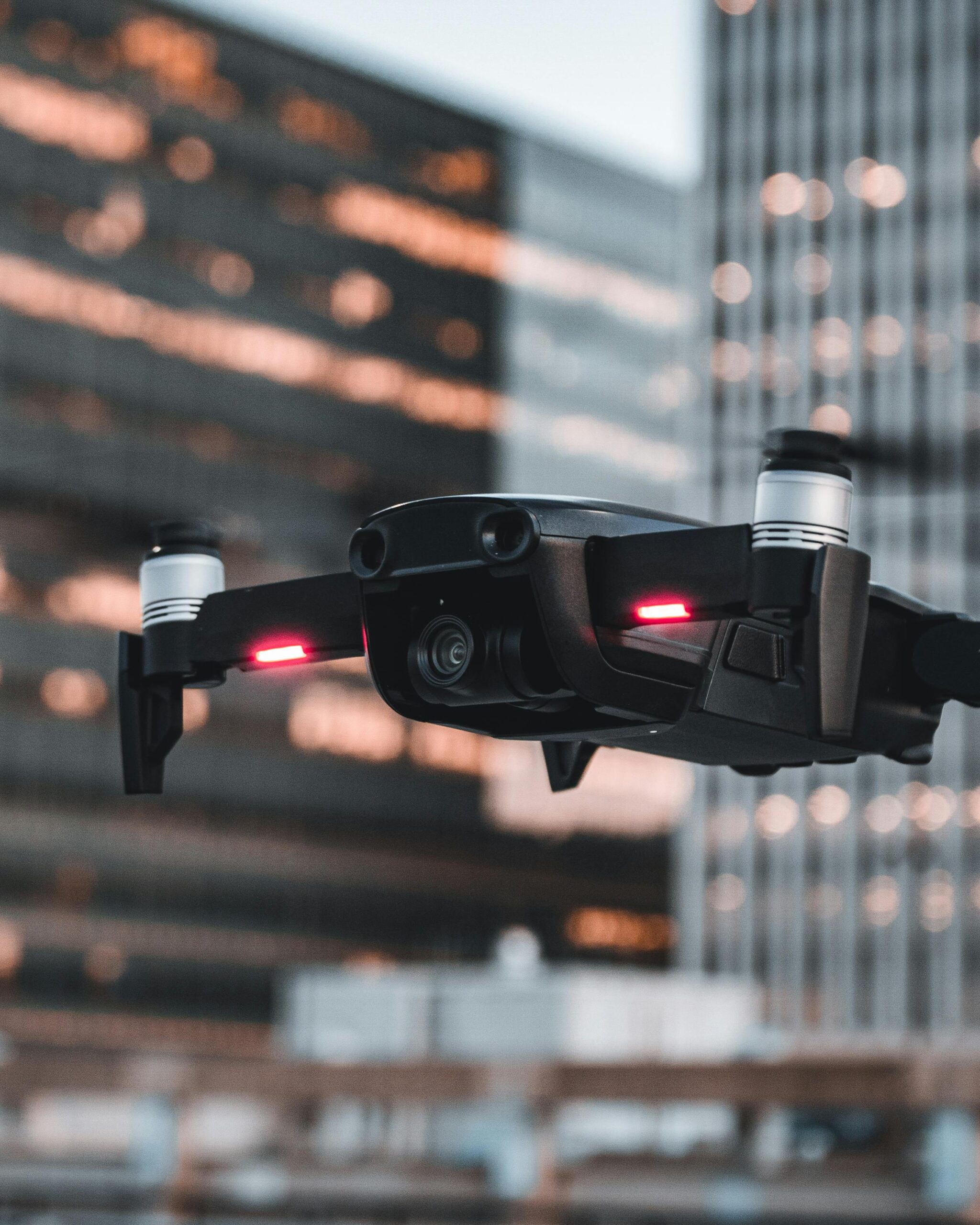🔼 Fundamental Concepts for Drone Flying
💡 Drone Flying Examples and Metaphors
📚 Related Themes in Drone Flying
🧪 Drone Flying Tests and Simulations
🧑✈️ How Real-World Drone Pilots Train for Professional Uses
📚 Drone Applications in Space Exploration and Military Uses
🚚 Drones in Logistics and Delivery
🛸 Overview of the DJI Drone Line: Mini, Avata, Mavic 3, and More
2. Drones and Robotics 🤖
Drones are essentially flying robots, part of the broader field of robotics. Here are some connections between drones and robotics:
🤖 Autonomous Systems
Many advanced drones can fly autonomously, meaning they can follow a pre-set route or perform tasks without human control. This connects to robotics because autonomous drones use sensors, artificial intelligence (AI), and machine learning to navigate and avoid obstacles.
🧠 Artificial Intelligence (AI)
Drones can use AI for:
- Object recognition: Identifying objects in the air (such as trees or birds) to avoid collisions.
- Path planning: Determining the most efficient or safest flight path.
- Data analysis: AI helps drones process data from cameras or sensors, like mapping terrain or scanning fields for agricultural purposes.
Robotics engineers often work with drone technologies to improve automation and enhance their applications across various industries.
